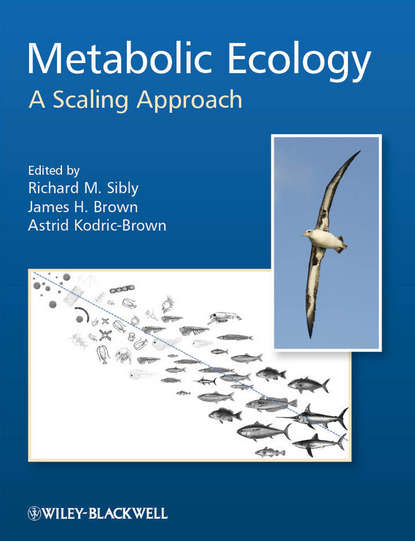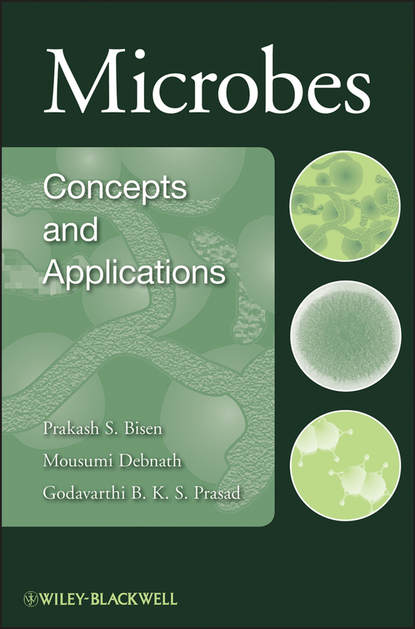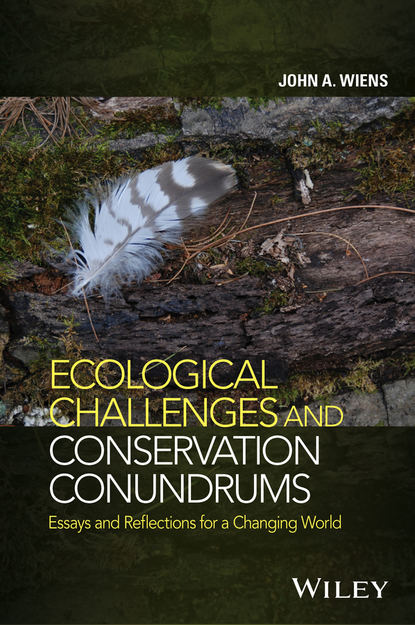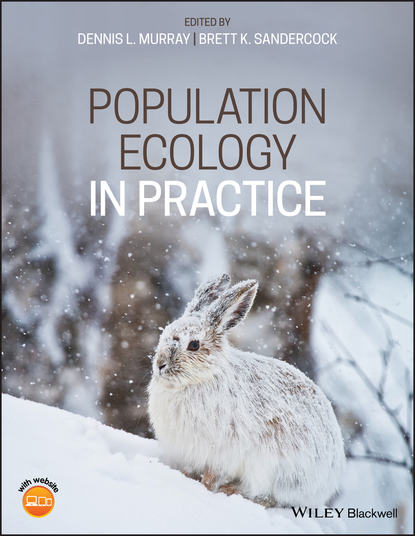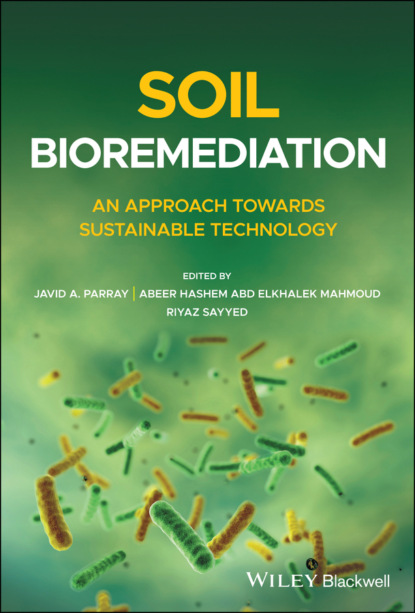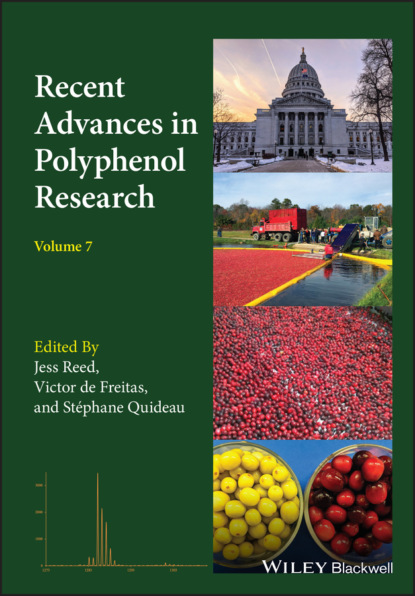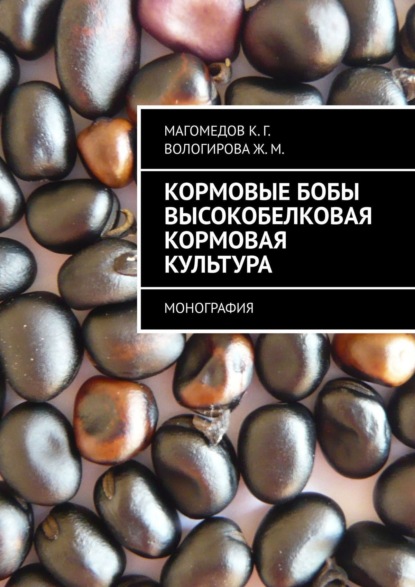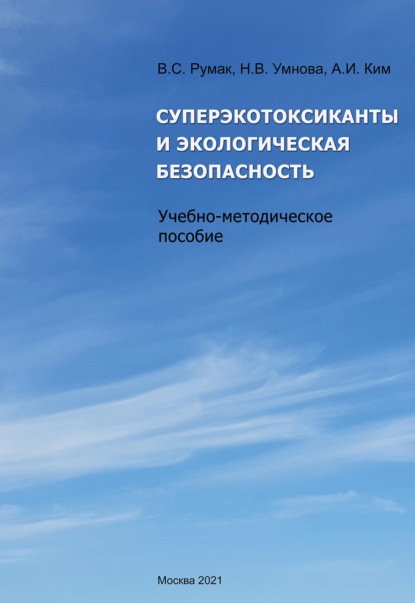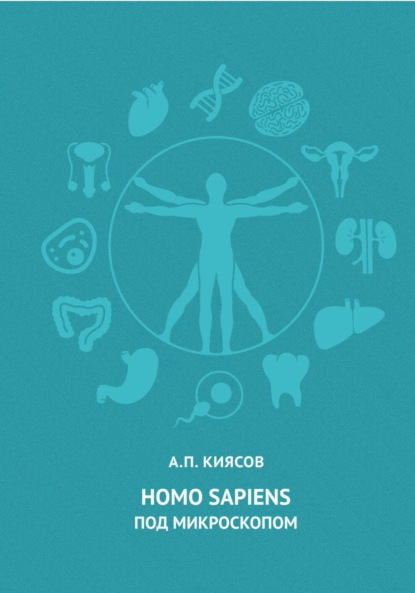Один из первых учебников в этой новой важной области экологии. Большая часть экологии посвящена метаболизму: способам, которыми организмы используют энергию и материалы. Потребности в энергии отдельных особей - их интенсивность обмена веществ - предсказуемо меняются в зависимости от их размера тела и температуры. Экологические взаимодействия - это обмен энергией и материалами между организмами и окружающей средой. Таким образом, интенсивность обмена веществ влияет на экологические процессы на всех уровнях: отдельных особей, популяций, сообществ и экосистем. Каждая глава посвящена различному процессу, уровню организации или типу организма. Она закладывает концептуальный фундамент и приводит эмпирические примеры. Вместе главы обеспечивают интегрированную структуру, которая несет в себе обещание единой теории экологии.
Книга предназначена для студентов старших курсов и аспирантов, но может быть интересна и опытным ученым. Ее легко читаемые главы и наглядные иллюстрации могут использоваться на лекциях и семинарах. Вместе они составляют авторитетное руководство, которое вдохновит будущие поколения на изучение метаболической экологии.
The first textbook in this important new field of ecological study. Broadly, most ecological research concerns organisms' energy getting and matter handling. And the energy demands on organisms - their metabolism - offset any relation to their body mass and temperature foreseeably. Biomass exchanges amongst organisms and their surroundings revolve round energy and matter transactions. In short, metabolism influences ecological interchanging activity at every scale, from the individual to the ecosystem; it has a fractured reflection in populations and communities. Every chapter centres on one interaction, one level of organisation, or some one kind of life. It provides a foundation and gives empirical examples of thought to suit every reader and sector. Within the pages of this work, you'll find an integration base that is likely to individually drive forwards ecological science to an all-encompassing explanation. This book is available to advanced undergraduates and graduates, as well as senior professionals. Their brief and easy chapters and straightforward visuals are essential reading for lectures and seminar presentations. And together, they demonstrate the knowledge needed to legitimately treat the subject matter; they’ll continue to play a significant role in cultivating academia and forward thinking astute into metabolic ecological matters.
Электронная Книга «Metabolic Ecology» написана автором Группа авторов в году.
Минимальный возраст читателя: 0
Язык: Английский
ISBN: 9781119968504
Описание книги от Группа авторов
One of the first textbooks in this emerging important field of ecology. Most of ecology is about metabolism: the ways that organisms use energy and materials. The energy requirements of individuals – their metabolic rates – vary predictably with their body size and temperature. Ecological interactions are exchanges of energy and materials between organisms and their environments. So metabolic rate affects ecological processes at all levels: individuals, populations, communities and ecosystems. Each chapter focuses on a different process, level of organization, or kind of organism. It lays a conceptual foundation and presents empirical examples. Together, the chapters provide an integrated framework that holds the promise for a unified theory of ecology. The book is intended to be accessible to upper-level undergraduate, and graduate students, but also of interest to senior scientists. Its easy-to-read chapters and clear illustrations can be used in lecture and seminar courses. Together they make for an authoritative treatment that will inspire future generations to study metabolic ecology.
